Gait balance devices assess gait and balance functions by measuring plantar pressure distribution. The core principles and applications are as follows:
1. Measurement Principle
Sensor Technology: High-density pressure sensors are used to capture pressure values from various regions of the plantar surface in real time. Through piezoelectric sensing technology, pressure is converted into electrical signals.
Data Conversion and Analysis: The signal processing module converts electrical signals into digital coordinates to generate pressure distribution maps and analyze parameters such as center of gravity trajectory and gait symmetry.
Combination of Static and Dynamic Testing:
Static Testing: Evaluates peak pressure points and distribution while standing, assisting in determining foot types (e.g., flat feet, high arches).
Dynamic Testing: Tracks pressure center trajectory, gait cycle, and angle during walking to identify gait abnormalities (e.g., pronation/supination).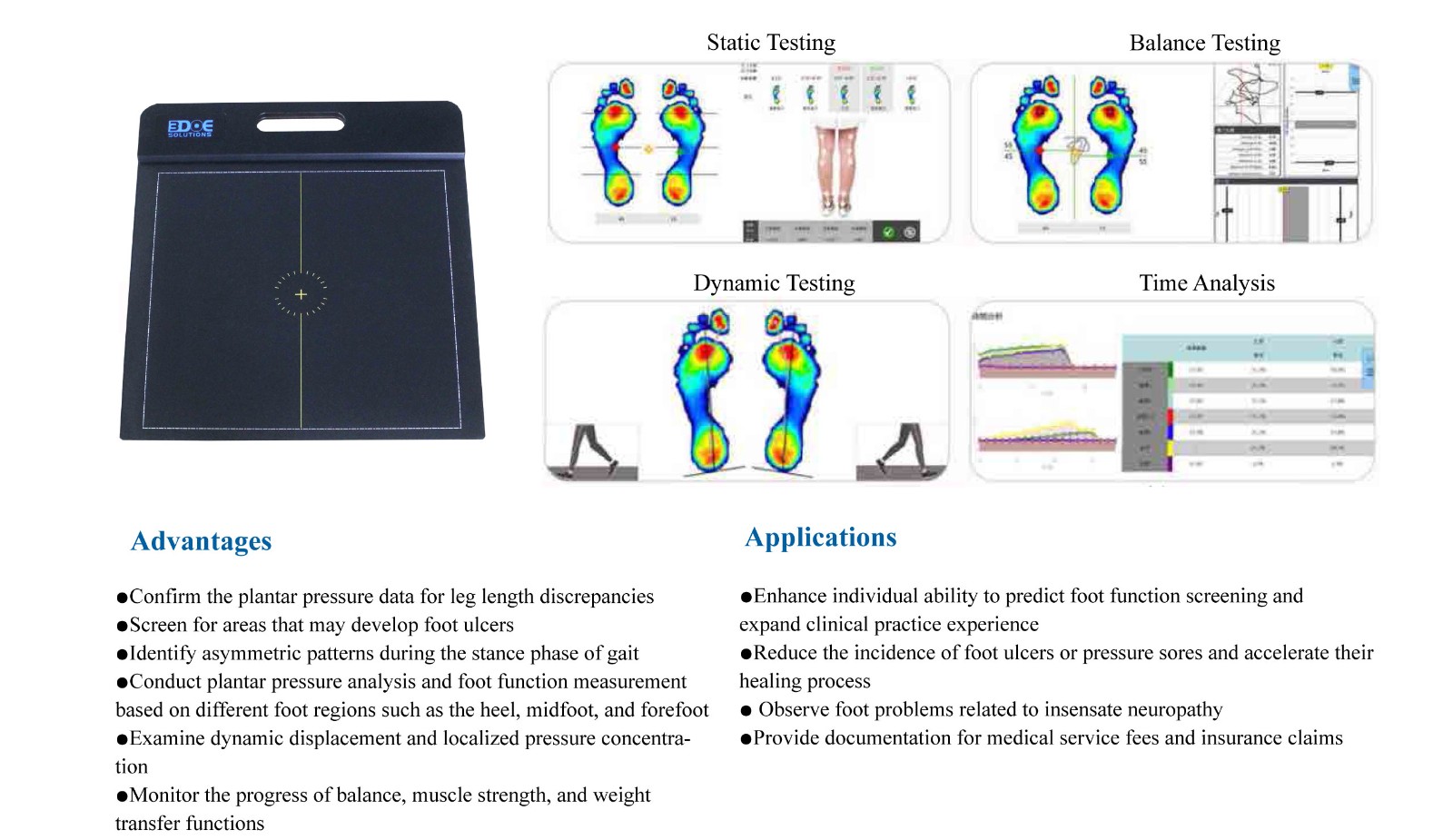
2. Application Scenarios
Medical Diagnosis:
Screens for gait abnormalities caused by diabetic foot, cerebral palsy, stroke, etc.
Assesses vestibular function (via eyes-open/eyes-closed balance tests).
Rehabilitation Training:
Customizes orthotic insoles to relieve discomfort such as plantar fasciitis.
Corrects improper gait and improves posture (e.g., for athlete training).
Child Monitoring:
Early detection of arch development abnormalities or inward/outward gait tendencies.
3. Technical Advantages
Portability: Some devices are as thin as 3mm and weigh around 4.8kg, supporting on-site testing.
Multifunctional Integration: A single device can perform static plantar pressure, dynamic gait, and balance tests.
Data Visualization: Generates easy-to-read charts and quantifies gait parameters (e.g., stride length, cadence).
4. Differences from Traditional Methods
Traditional methods assess pressure distribution based on footprint depth, while modern devices quantify data through sensors, providing more accurate clinical evidence. For example, gait analyzers can detect subtle gait abnormalities not visible to the naked eye.

 +86-0755-86131192
+86-0755-86131192 2025-07-16
2025-07-16 Back to list
Back to list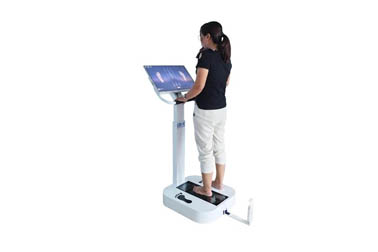
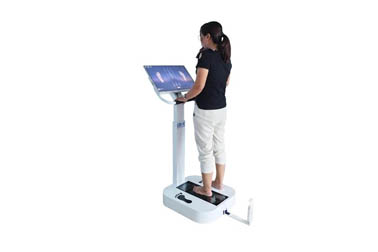
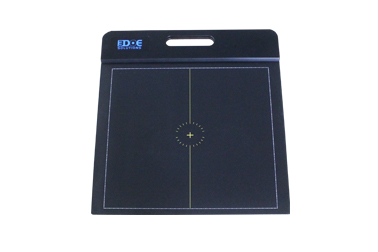
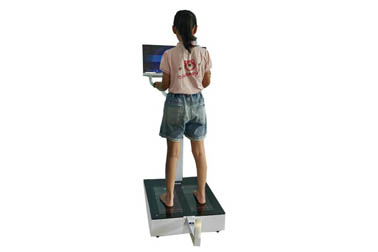
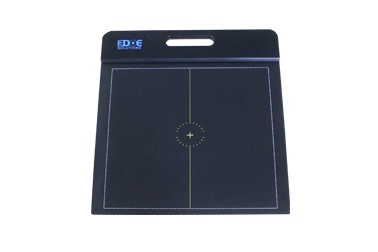
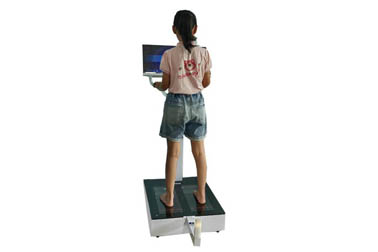



 +86-0755-86131192
+86-0755-86131192